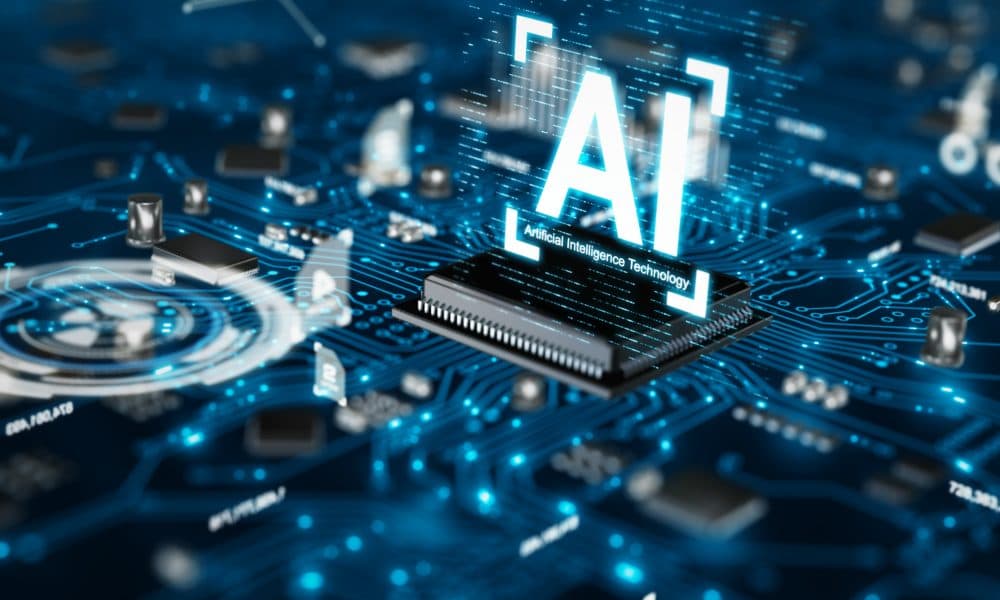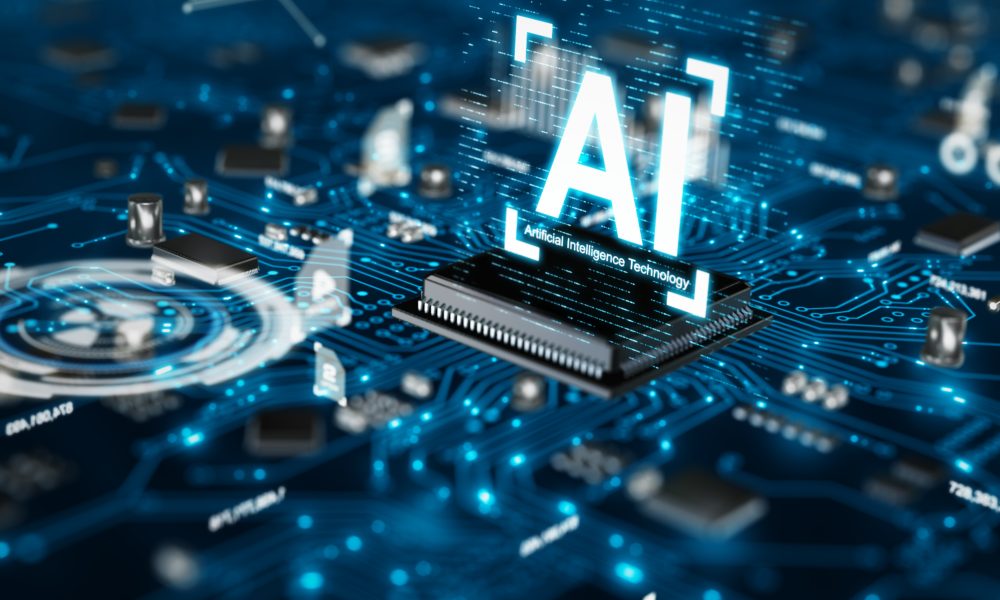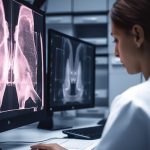
Osteoporosis is so difficult to detect in its early stages that it is dubbed the “silent disease.” Now, Tulane University researchers have developed a new deep learning algorithm that outperformed existing computer-based osteoporosis risk prediction methods, potentially leading to earlier diagnoses and better outcomes for patients with osteoporosis risk.
Deep learning models have gained notice for their ability to mimic human neural networks and find trends within large datasets without being specifically programmed to do so. For this study, published in Frontiers in Artificial Intelligence, the researchers tested the deep neural network (DNN) model against four conventional machine learning algorithms and a traditional regression model.
The team used data from over 8,000 participants aged 40 and older in the Louisiana Osteoporosis Study, with results revealing that DNN achieved the best overall predictive performance, measured by scoring each model’s ability to identify true positives and avoid mistakes.
“The earlier osteoporosis risk is detected, the more time a patient has for preventative measures,” said lead author Chuan Qiu, a research assistant professor at the Tulane School of Medicine Center for Biomedical Informatics and Genomics. “We were pleased to see our DNN model outperform other models in accurately predicting the risk of osteoporosis in an aging population.”
In testing the algorithms using a large sample size of real-world health data, the researchers were also able to identify the 10 most important factors for predicting osteoporosis risk: weight, age, gender, grip strength, height, beer drinking, diastolic pressure, alcohol drinking, years of smoking, and income level.
Notably, the simplified DNN model using these top 10 risk factors performed nearly as well as the full model which included all risk factors.
While Qiu admitted that there is much more work to be done before an AI platform can be used by the public to predict an individual’s risk of osteoporosis, he said identifying the benefits of the deep learning model was a step in that direction.
“Our final aim is to allow people to enter their information and receive highly accurate osteoporosis risk scores to empower them to seek treatment to strengthen their bones and reduce any further damage,” Qiu said.




